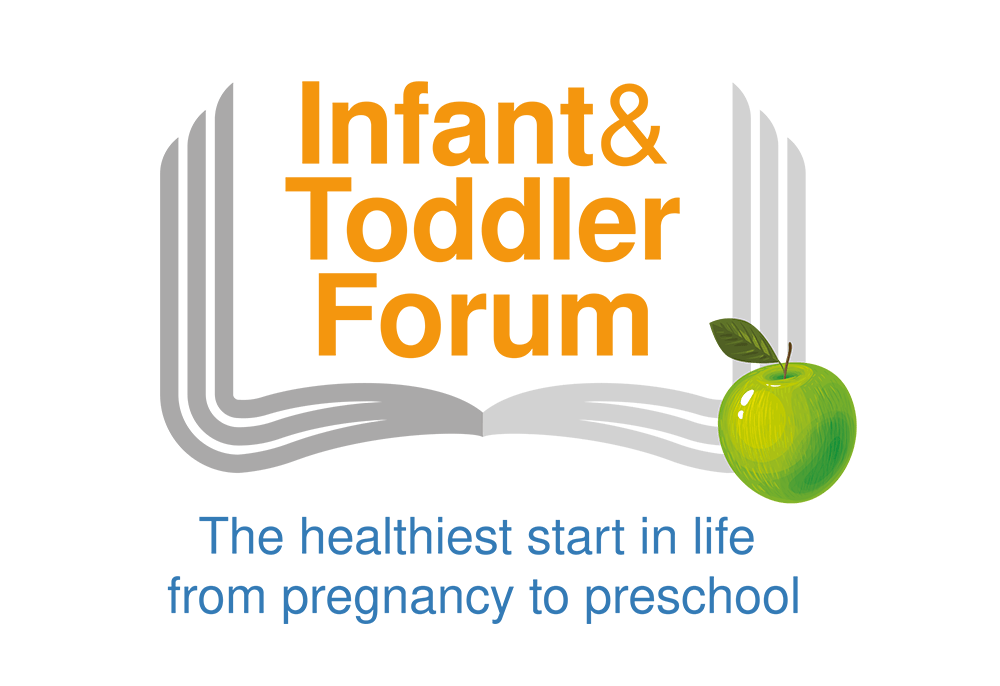Experts launch app to monitor the food intake and activity levels of children aged 1 – 4 years
Do you think your toddler is a fussy eater? Do you worry they may not be getting the right balance of foods? Now there’s an easy way to keep track of their nutritional intake with the Tot It Up food calculator app.
Created by the Infant & Toddler Forum (ITF), Tot It Up provides a personal analysis of a toddler’s daily – or more importantly, weekly – food intake compared against current recommendations, together with tips on how to make small changes to maintain the right balance.
Parents and carers can input details of what meals, snacks and drinks a toddler has consumed throughout the day and/or week, as well as the amount of physical activity he or she has done, to receive a personalised analysis with advice on improving diet and physical activity.
An added worry for families, who want to get nutrition right in the toddler years, is an increasing reliance on convenience foods which, for toddlers, can be low in key nutrients and too high in fat and sugar, leading to obesity. Later in life diets with excess fat, salt and sugar can lead to high blood pressure and diabetes. Tot It Up gives practical tips and information on healthy eating whether you use home-cooked or pre-prepared foods.
Judy More, paediatric dietitian and ITF member said: “Young children need nutritious food for their rapid growth and development, but have good and bad days when it comes to eating. So it’s best to consider the balance of foods eaten over the week. The Tot It Up food calculator allows parents to see how their toddler’s diet over a week, or a day, compares to current recommendations. Often parents find their toddler is eating better than they thought and this helps to remove the stress from mealtimes. When parents feel more relaxed and confident in feeding their toddler a problem of fussy eating may resolve.”
With portion sizes being double what they were 20 years ago, families can feel confused about how much they should be eating.1 Toddlers are naturally better than older children and adults at regulating their food intake, to provide enough calories for their energy needs and for normal growth. However, one predictor of how much young children eat is how much is put on their plates. 2-3
The Tot It Up app gives practical advice based on the ITF’s award winning portion size recommendations for 1-4 year olds. The App is the latest resource from the ITF which aims to arm parents with practical tools and advice to help them feed their toddlers in line with their nutritional needs at this important stage in their development. Tot It Up is available from the Apple App store. https://itunes.apple.com/us/app/tot-it-up/id833490646?ls=1&mt=8
References
1. British Heart Foundation. Portion Distortion: How much are we really eating? 2013. Available from: http://www.bhf.org.uk/plugins/PublicationsSearchResults/DownloadFile.aspx?docid=983f629e-ec72-4fd8-8d32-9eda97acd040&version=-1&title=Portion+Distortion&resource=N%2fA
2. Savage, J.S. et al. Serving smaller age-appropriate entree portions to children aged 3-5 y increases fruit and vegetable intake and reduces energy density and energy intake at lunch. Am J Clin Nutr. 2012 Feb;95(2):335-41.
3. Fisher, J.O. et al. Effects of portion size and energy density on young children’s intake at a meal. Am J Clin Nutr. 2007 Jul;86(1):174-9.
